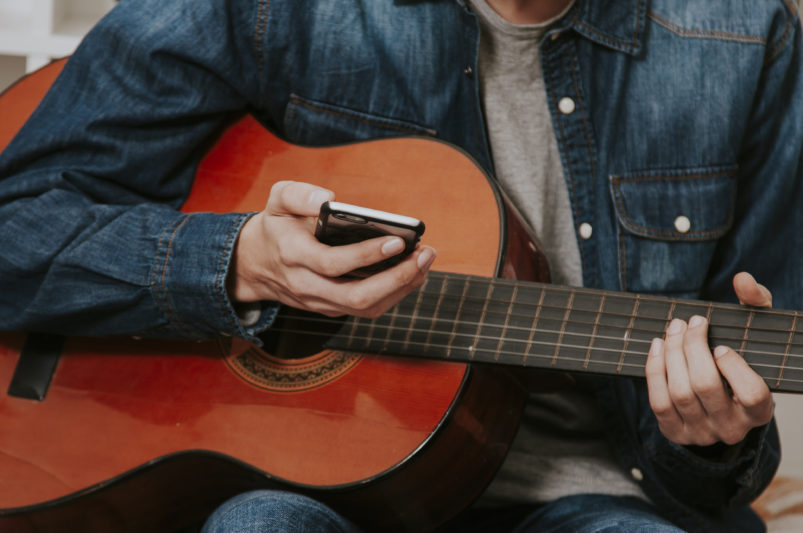How to record the exam
The easiest way to record an MTB exam is on an Android or IOS smartphone or tablet using our app. To download it or learn more about the app please click here.
MTB exams can also be recorded on any suitable digital recording device and submitted via the website submit an exam page.
MTB exams only require a live internet connection at each end of the process – to access the entry and submit the exam. No live internet connection is required during the recording of the exam. This means that users are still able to conduct and submit exams on slower internet connections.
Recording guidance
You must read this section carefully, as failure to comply with the guidance below could lead to delays in processing your examination or possible penalties/disqualification of the exam.
- The whole exam must be completed in one single, continuous recording and not be paused or stopped. In case of accidental interruptions, if you are using the MTB app there is the option to add additional clips. If the recording ends suddenly and you do not wish to restart the entire exam, you can add an additional clip and pick up from where you left off.
- This feature is designed to accommodate accidental or unavoidable interruptions and should not be used to stop the exam for any other reason. It can also be used should you forget to read out the verification statement from your front cover during the examination.
- If you are submitting your recording through the MTB website, you may only film/record it in one session and are not allowed to upload additional clips. Any pre- or post-production editing is forbidden and can lead to disqualification.
- When completing scales from memory in a video exam, you must remove any sheet music from in front of you and demonstrate to the examiner you are performing from memory. You may, however, have the front cover and a list of the scales visible to guide you through this section. You are only allowed the titles of the scales. If using a sheet with a list of scales please hold this up to the camera before this section.
If your exam is being conducted with your teacher, they can guide you through this section using the front cover and scales & arpeggios list.


